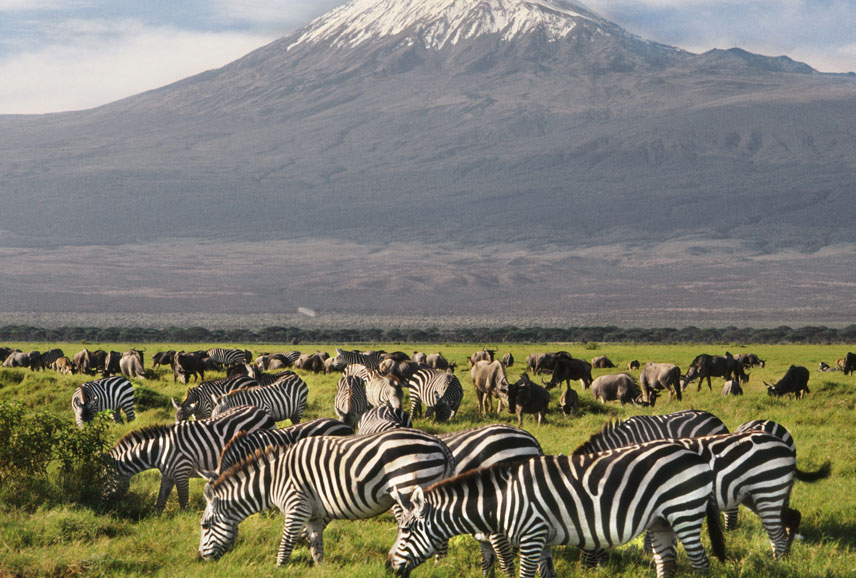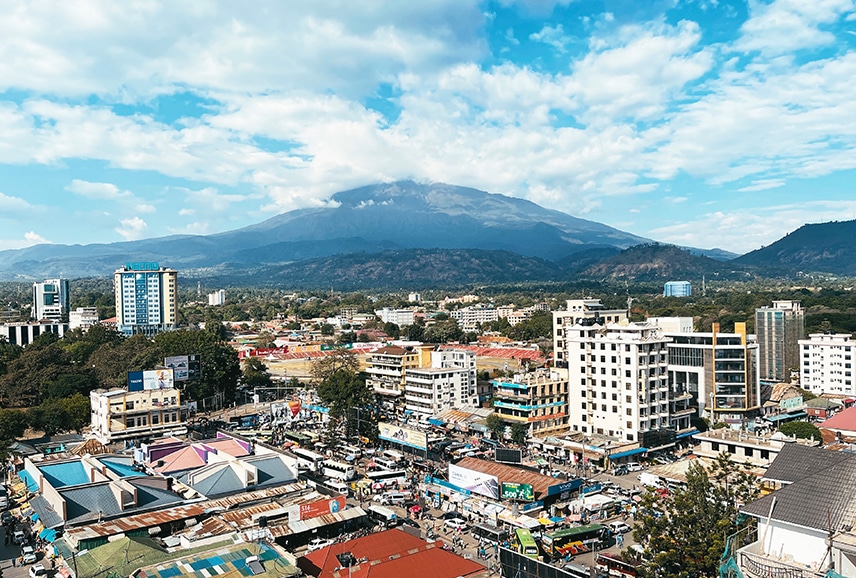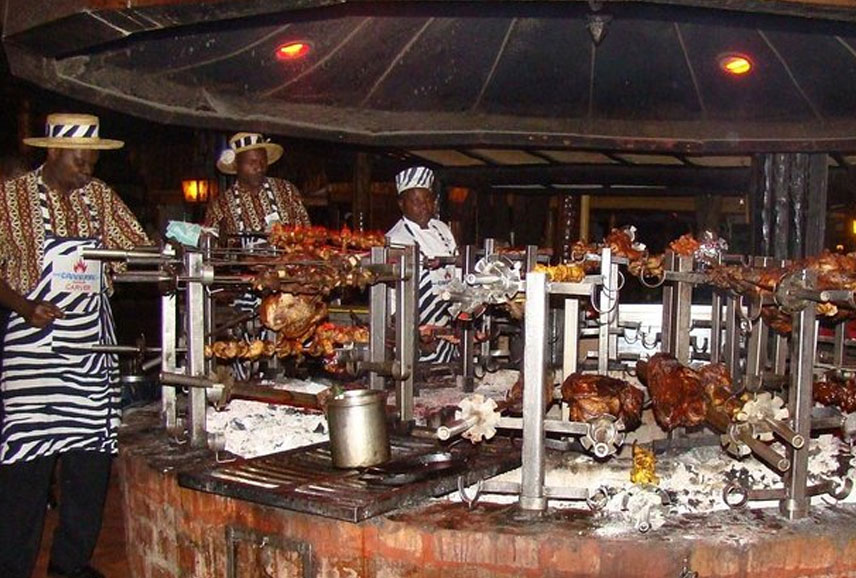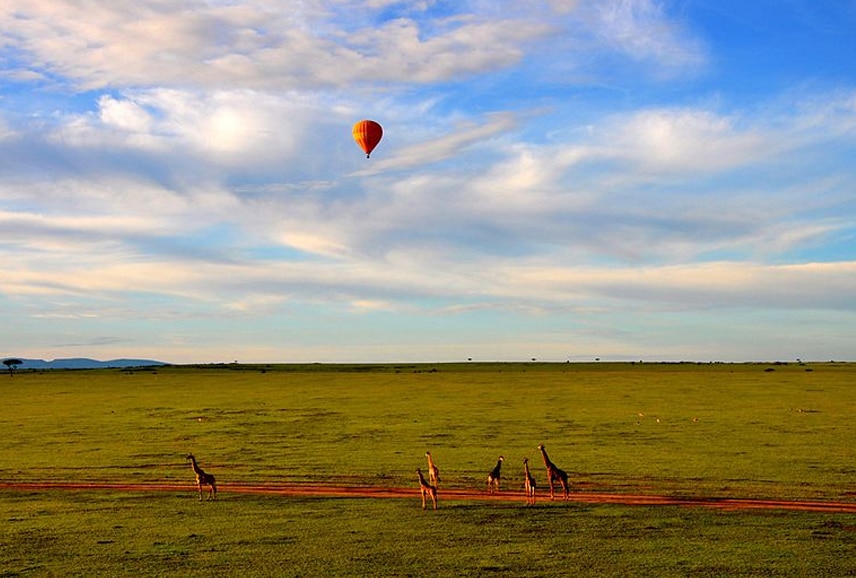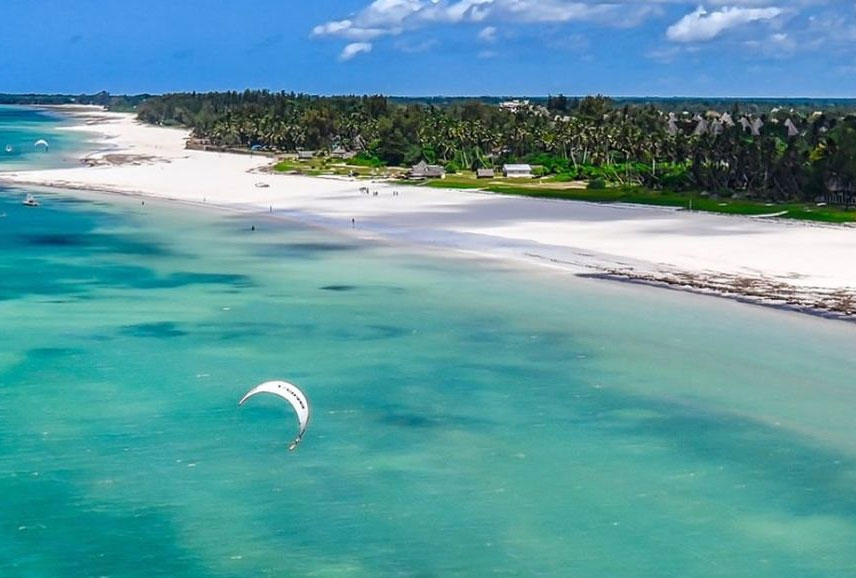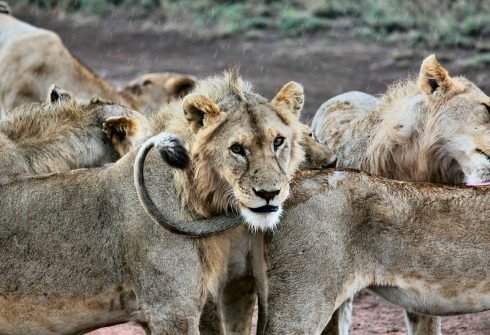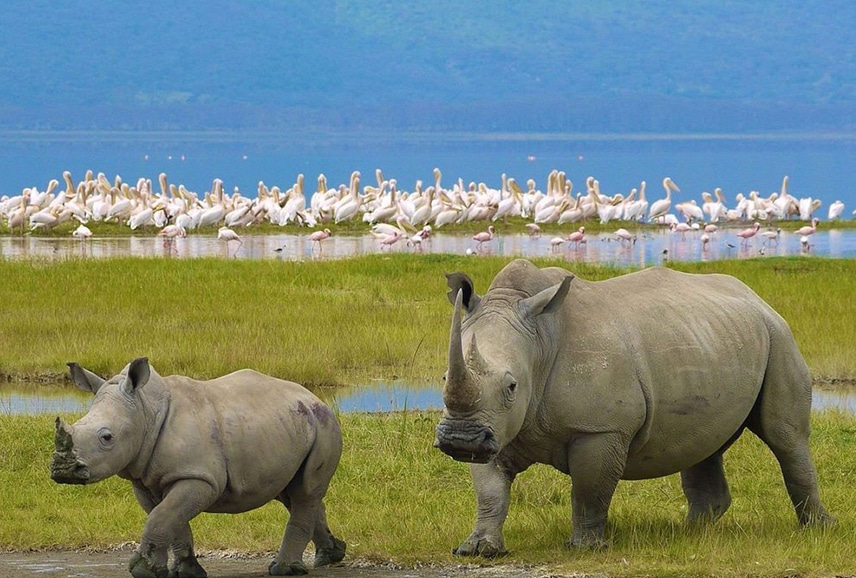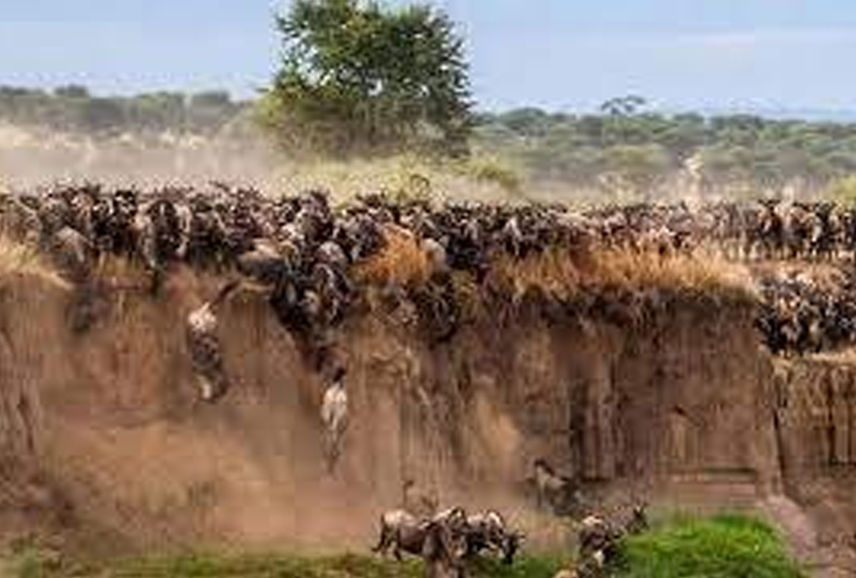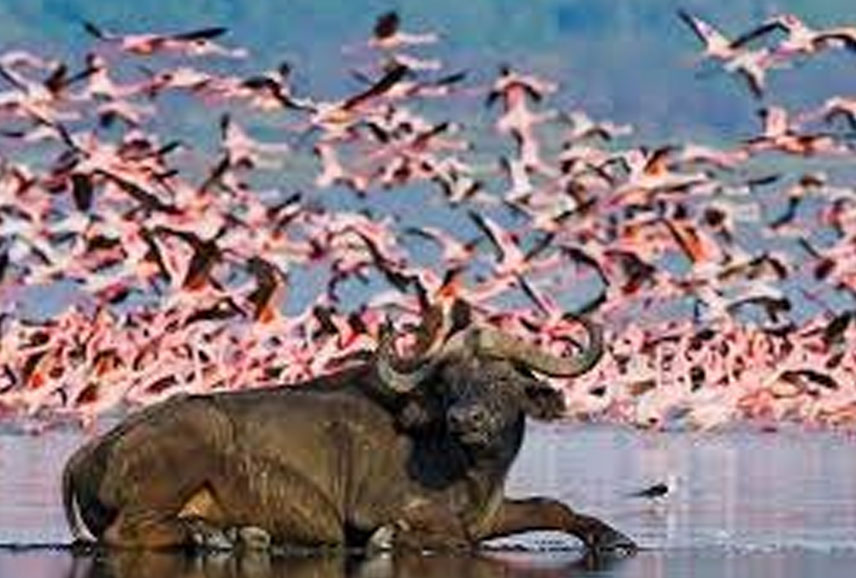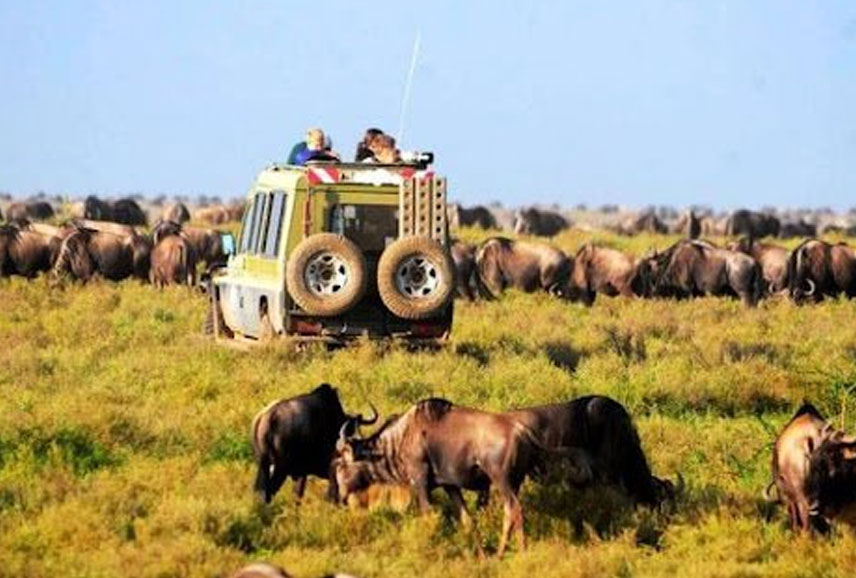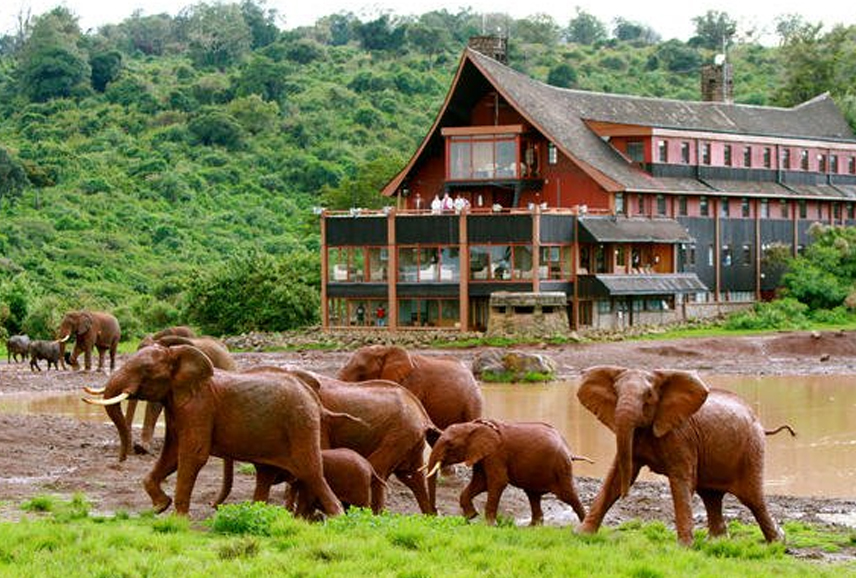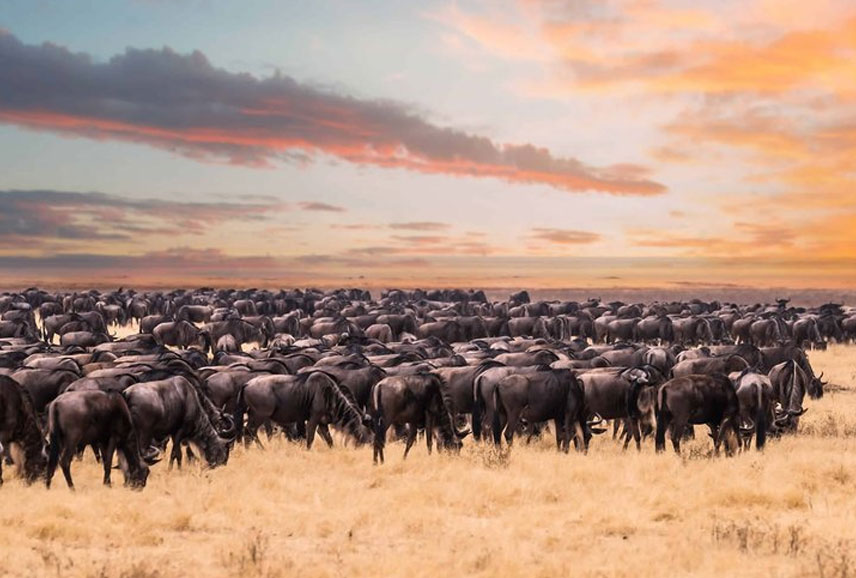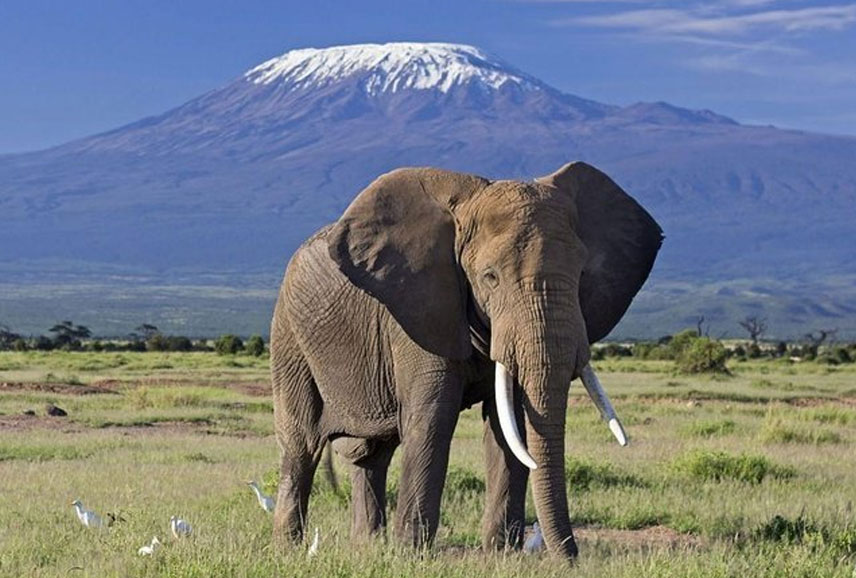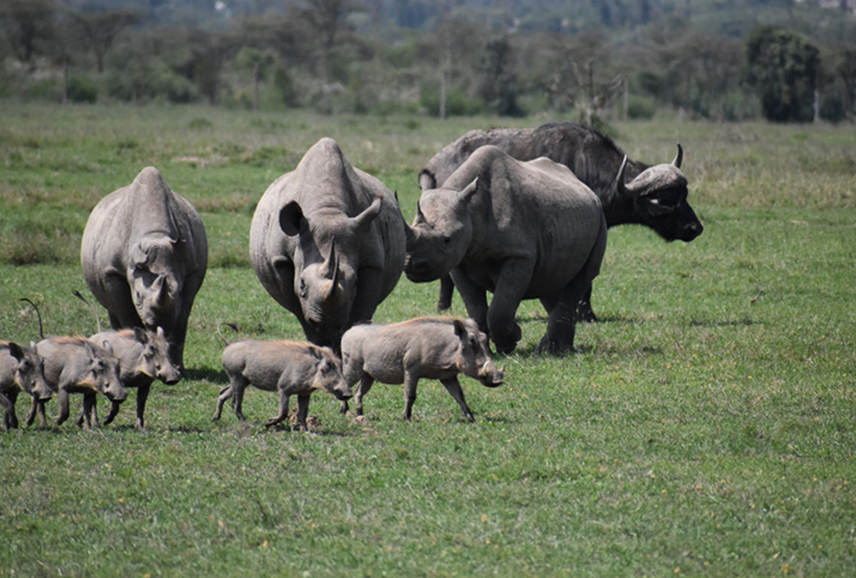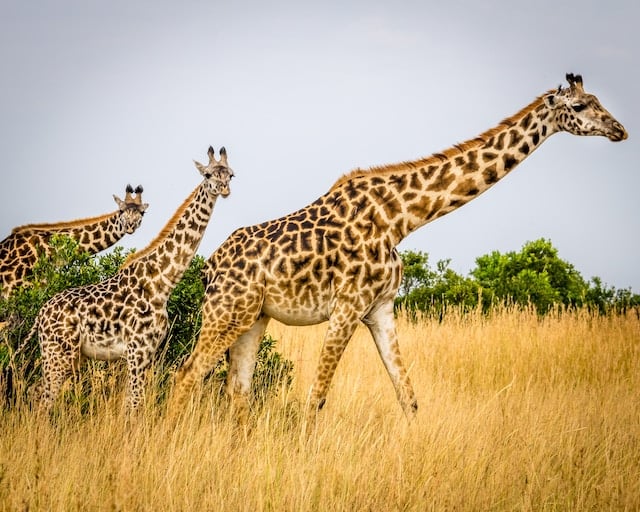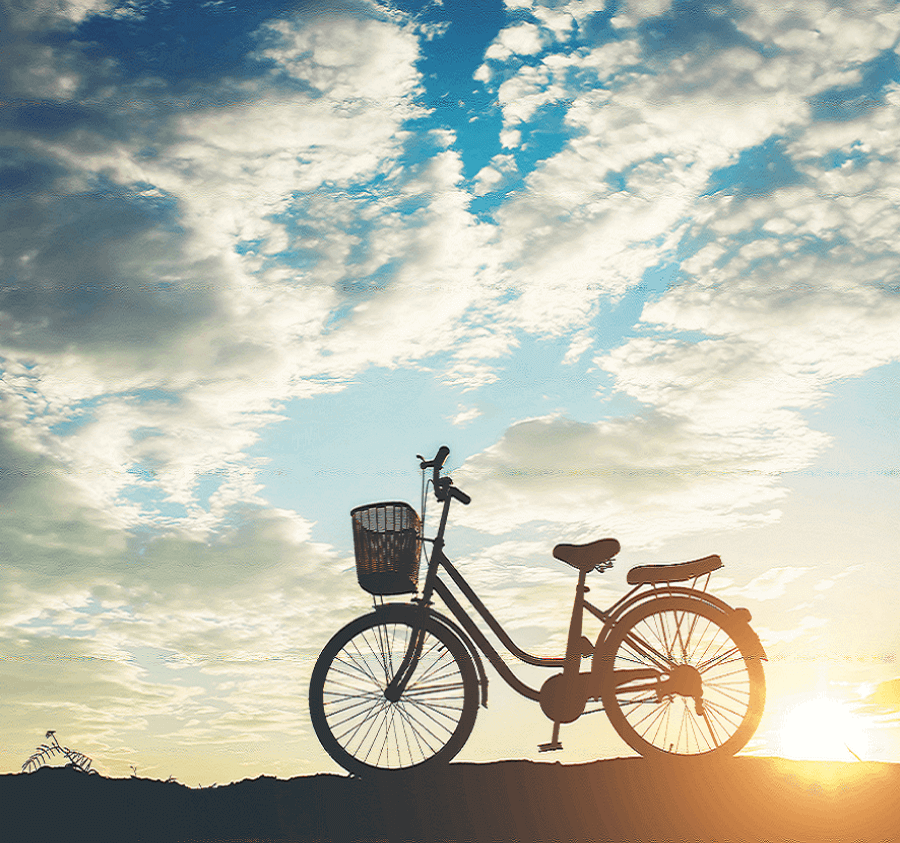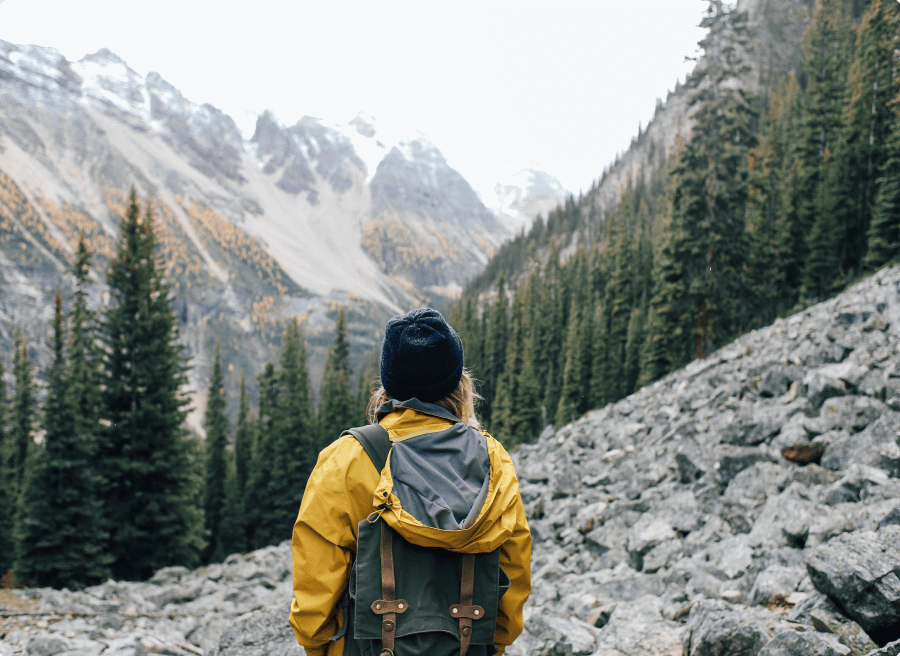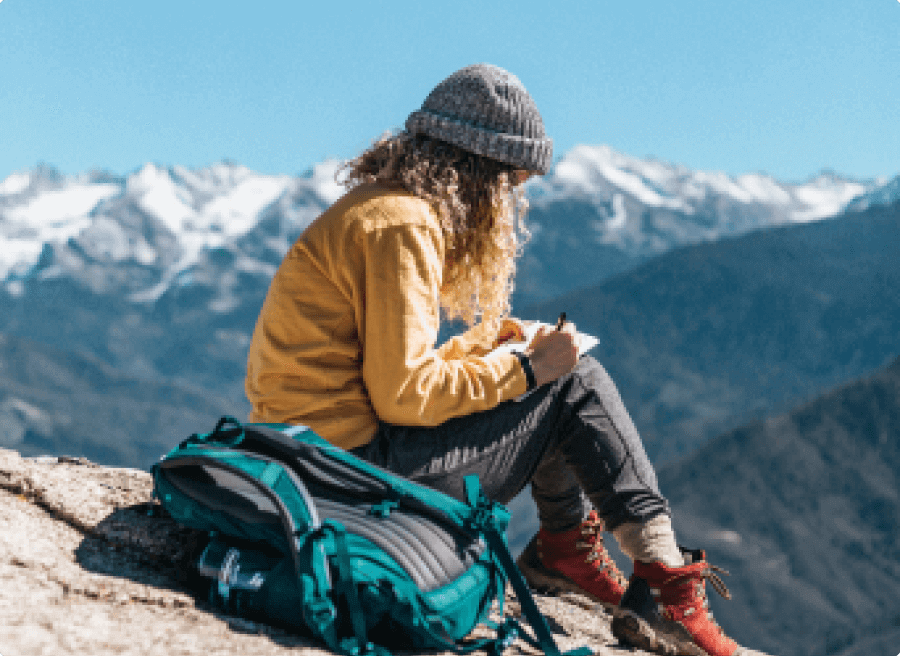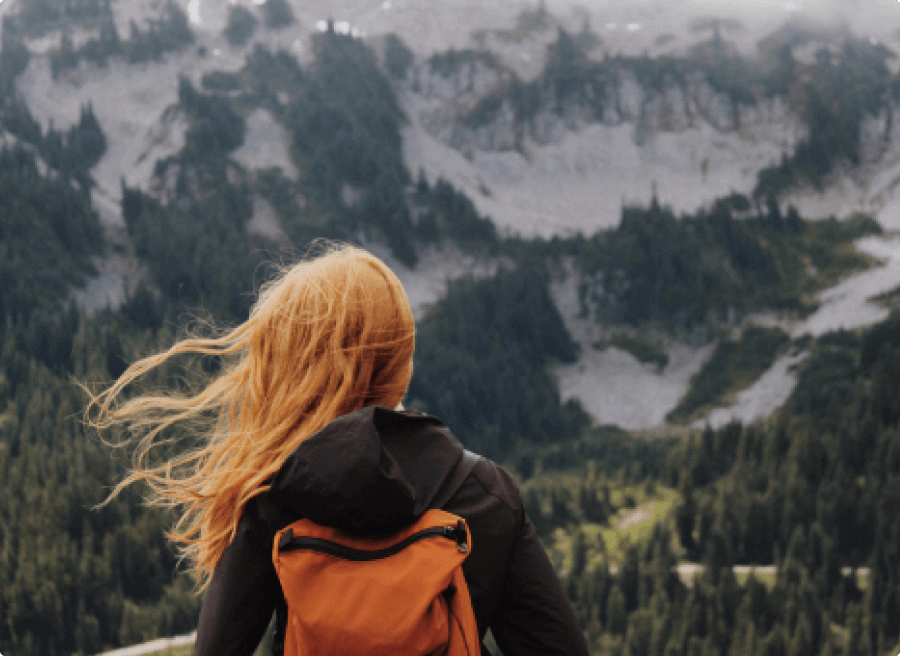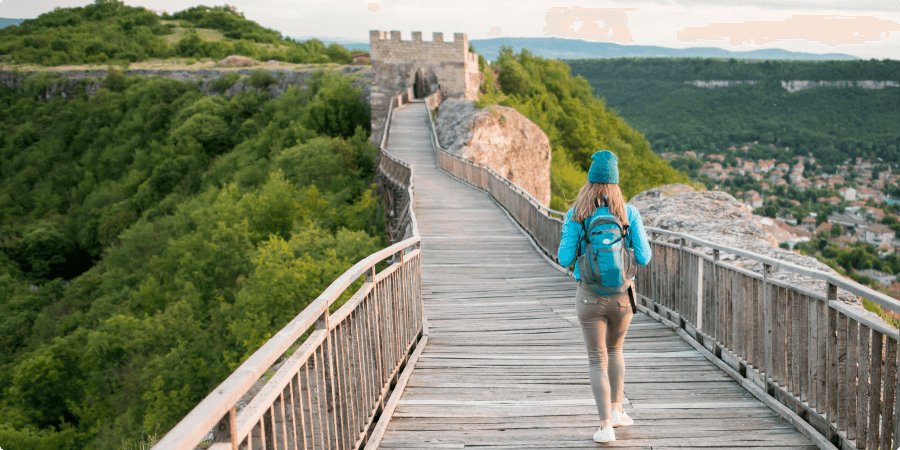You’ve always dreamed of capturing the untamed beauty of wildlife through your lens, haven’t you? Well, it’s time to turn that dream into reality. In this guide, we’ll explore essential gear, understand animal behavior and dive into techniques that’ll enhance your safari photography. We’ve got safety tips too because hey, you’re dealing with wild animals here! Ready to unleash your inner shutterbug? Let’s get started.
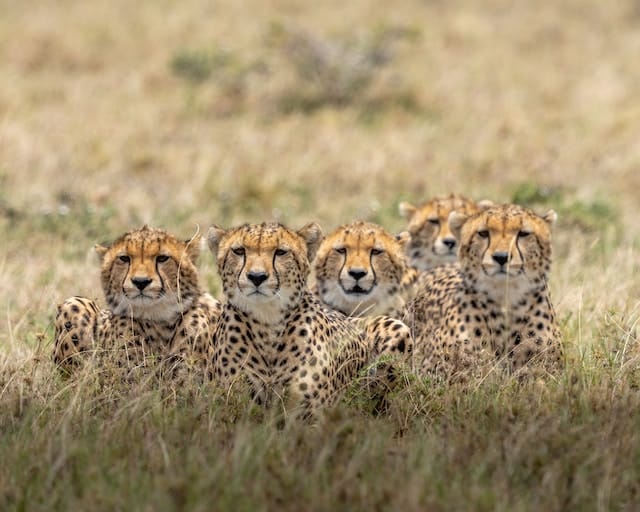
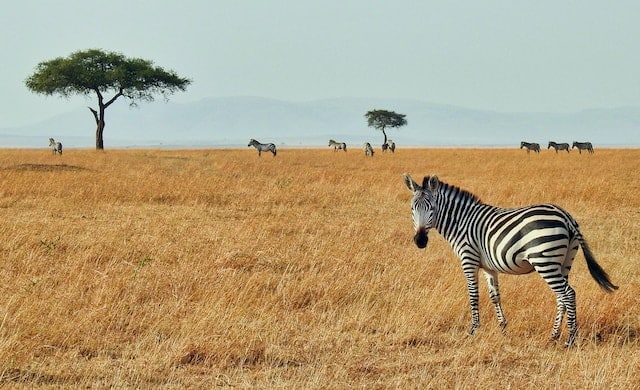
Essential Gear for Wildlife Photography
You’ll need to ensure you’ve got the right gear to get those stunning wildlife shots on your safari. Lens selection is crucial, and it’s not just about having the biggest one available. Different scenarios dictate different lenses; for those close-ups of lions or elephants, you’re going to need a telephoto lens with a range that can exceed 200mm. But for landscapes featuring animals in their natural habitats, a wide-angle lens would be more suitable.
Remember this though: it’s not just about distance or width — quality matters too. You don’t want to skimp on lens quality if you’re serious about wildlife photography. A high-end lens will give you sharper images and better light transmission – which can make the difference between an average shot and an extraordinary one.
Speaking of light, let’s talk lighting adjustments. The African sun can be both your best friend and worst enemy when photographing wildlife on safari. Early morning and late afternoon provide the best lighting conditions — known as the ‘golden hours’ in photography circles. But what happens when the midday sun washes everything out? That’s when you’ll have to make some tweaks.
Your camera’s exposure compensation setting is key here, allowing you to adjust brightness levels without messing up other settings like shutter speed or aperture size. Playing around with white balance can also help counteract harsh sunlight or bring out detail in cloudy conditions.
Understanding Animal Behaviour for Better Shots
You’ve got your gear all set, now it’s time to dive deeper into the art of wildlife photography. Let’s focus on understanding animal behavior for better shots, which involves observing their patterns, predicting their movements and timing your shots perfectly. By tuning into these elements, you’re not just capturing a picture; you’ll be telling a story about the fascinating world of nature through your lens.
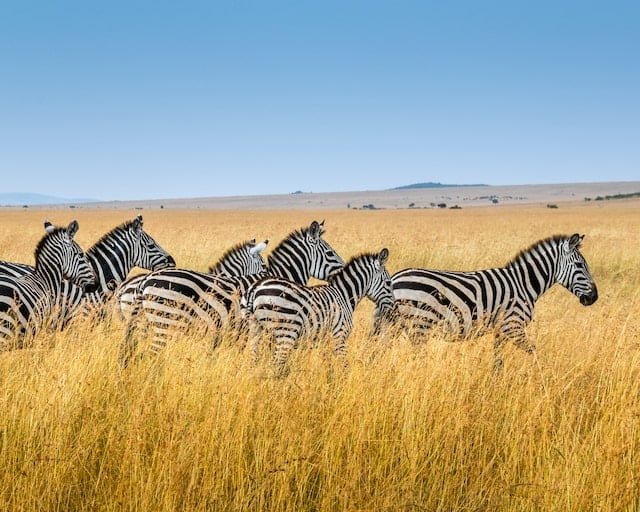

Observing Animal Patterns
It’s crucial to observe animal patterns to anticipate their actions and get the best shots while on safari. Pattern variations can tell you a lot about an animal’s behavior, from its hunting practices to its mating rituals. Additionally, seasonal changes affect these patterns, changing the times animals are active or locations they frequent.
For optimal wildlife photography:
- Track pattern variations: Notice any change in an animal’s routine. This could indicate imminent action.
- Be mindful of seasonal changes: Different seasons bring different behaviors. Adapt your strategy accordingly.
- Use these observations for timing: Combine what you’ve learned about variations and seasons to capture great moments.
Predicting Movement
Predicting movement can be a game changer in getting those dynamic shots. It’s all about motion anticipation and animal tracking. Just like you, animals have habits and routines. They’re creatures of habit, after all! By studying these patterns, you’ll start to predict their movements and capture that perfect shot.
Imagine this: You’re on a safari, camera ready. You’ve been observing a pride of lions for the past few days. You’ve noticed they usually hunt at dusk near the watering hole. With your newfound knowledge, you position yourself strategically as the sun begins to set.
As predicted, they begin their stealthy approach towards unsuspecting prey near the water’s edge. Your finger is poised over the shutter release button… And snap! The raw power of nature immortalized in one breathtaking photo because you anticipated their movement accurately.
Timing Shots Perfectly
Nailing the perfect shot isn’t just about predicting movement, but also about timing it to the second. You’ve got to be in sync with your subject’s rhythm and behavior. But there are other factors you’ve got to consider too. Lighting considerations and camera settings play a significant role in capturing that flawless snapshot.
To ensure you’re ready for that decisive moment, remember these tips:
- Mind the natural light; early morning or late afternoon usually gives soft and warm hues.
- Adjust your camera settings accordingly; shutter speed should be quick enough to freeze motion.
- Practice patience; great shots often come from waiting for the right moment.
Techniques for Capturing Stunning Safari Photos
Mastering the art of safari photography isn’t just about having a fancy camera, it’s also about understanding animal behavior and using light to your advantage. Lighting techniques play an essential role in achieving stunning safari photos. The golden hours—dawn and dusk—are when you should be most active, capturing images as the sunlight paints your subjects with a warm glow. But don’t limit yourself. Overcast days can provide diffused light that eliminates harsh shadows, revealing details that might otherwise be lost.
Next on your list should be mastering framing compositions. In the wilds of the safari, there’s no room for staged shots—it’s all about taking what nature gives you and making it work. Use elements within your environment to frame your shot; trees, rocks or even other animals can add depth and context to your image.
Don’t forget about the rule of thirds either! This technique guides you to imagine your viewfinder divided into nine equal parts by two horizontal lines intersecting two vertical ones. Placing points of interest along these lines or their intersections often results in more balanced compositions.
Lastly, be patient and remain ready at all times—nature operates on its own schedule and you never know when an opportunity will present itself for that perfect shot. Keep these tips in mind next time you’re out on safari, experiment with different methods until you find what works best for you!
Remember: Great safari photography doesn’t come from merely snapping pictures; it comes from observing wildlife behaviors, understanding lighting conditions and creating engaging compositions using both instinct and technique.
Safety Measures While Photographing Wildlife
While you’re enjoying your photo adventure, it’s crucial to remember safety measures when interacting with nature’s creatures. This isn’t just for your protection but also respects photography ethics and the well-being of the wildlife you’re capturing. It can be easy to get caught up in the excitement of getting that perfect shot, but don’t forget these important pointers:
- Respect their space: Never encroach on an animal’s territory or provoke them for a reaction – it’s both unethical and dangerous.
- Don’t interfere with nature: Refrain from feeding animals or altering their environment to stage a ‘better’ photo.
- Be prepared for emergencies: Having an emergency plan in place is key. Understand what hazards may exist and how to respond should something go wrong.
These safety measures are not only essential for your wellbeing but also uphold photography ethics, ensuring respect and consideration for our wild friends. It’s all about finding that balance where you can capture stunning images without causing harm or distress.
Emergency planning is particularly important. Always let someone know where you’re going and when you plan on returning. Carry a first aid kit, adequate water supply, and know the contact details of local authorities or park rangers.
Remember, every action has consequences — even when taking photos. Your ultimate goal should be to leave no trace behind except footprints and take nothing but photographs.
Post-Production Tips for Enhancing Safari Images
You’ve taken some stunning shots, now it’s time to enhance those images in post-production. You may be wondering where to begin; Lightroom editing is your answer. It’s a powerful tool and you’ll quickly realize how it can transform your photos from good to great.
Let’s start with color correction. Your safari shots might look perfect in person but remember that cameras perceive light differently than our eyes do. Maybe the greens of the grasslands are too bright or the blues of the sky don’t quite match what you witnessed on your journey. That’s where color correction comes into play in Lightroom! With just a few tweaks, you can adjust the saturation, vibrancy and balance of colors in your image till it mirrors reality as closely as possible.
Don’t forget about contrast – another essential element for impactful wildlife photos. By adjusting shadows and highlights, you’re adding depth to your pictures making them more dynamic and captivating.
Lightroom also offers various presets that help streamline editing process saving tons of time especially when dealing with numerous images at once. Feel free to experiment with them until you find ones that suit your style best.
Finally, remember not all photos need extensive alterations – sometimes less is indeed more! The goal here isn’t necessarily creating overly dramatic effects but enhancing already existing beauty in your photographs.
Case Study: Successful Wildlife Photography Expeditions
Let’s delve into some real-world examples of successful photography expeditions to further hone your skills. Understanding the intricacies of expedition planning and crowd management can make or break your journey into the wild.
Renowned photographer, James Johnson, has led several successful wildlife photography expeditions. To maximize his chances of capturing stunning photos, he focuses on two crucial aspects: meticulous planning and effective crowd management.
- Expedition Planning: Long before setting foot in the wilderness, James spends countless hours researching about animal behavior patterns, weather conditions, lighting situations and local terrain. He believes that a well-planned itinerary ensures he’s at the right place at the right time for perfect shots.
- Crowd Management: On any expedition, managing participants is vital. James maintains a small group size to minimize disturbances to wildlife and ensure everyone gets an equal chance to capture their desired images.
- In-field Adaptability: Despite rigorous planning, nature is unpredictable. Johnson always embraces this unpredictability as part of the adventure and encourages flexibility among his team members.
Through these principles and practices, Johnson consistently captures remarkable images like those seen in National Geographic or BBC Wildlife magazine.
Remember – there’s no substitute for preparation when it comes to photographing wildlife on safari. Whether you’re planning your first expedition or are already a seasoned explorer looking to up your game – remember these strategies from successful pros like James Johnson. It’s all about proper expedition planning and adept crowd management; mastering these skills will ensure you come home with not just great memories but breathtaking photographs too!
